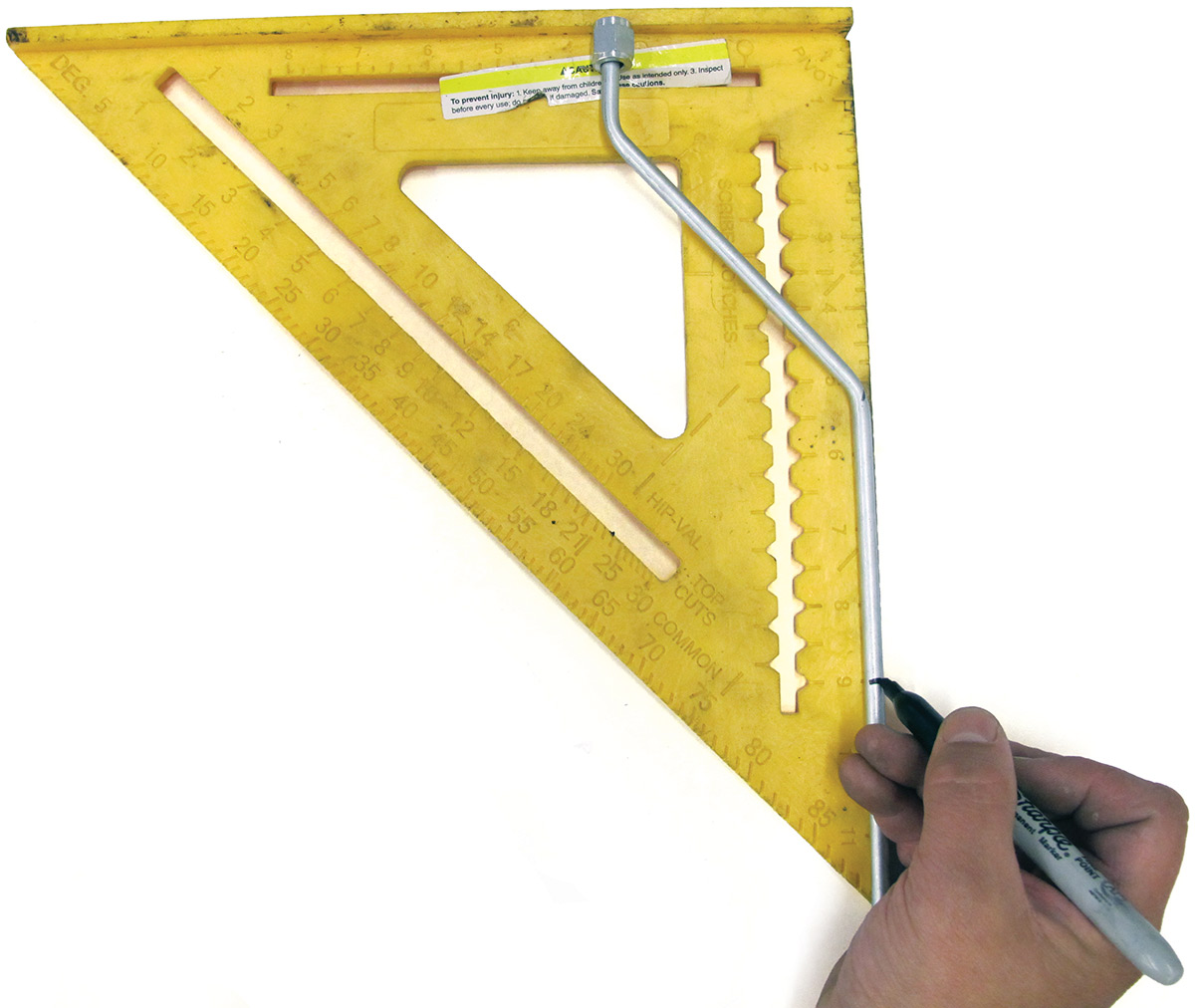 TECH
TECH

 Images by THE AUTHOR
Images by THE AUTHORlumbing all the different fluid systems in a custom vehicle can be a daunting task. Determining the proper hose for the respectful fluids they’ll be responsible for, and the size for that matter, can be a confusing task for the uninitiated and experienced alike. Add in factors like the various sealing methods, tapers, fittings, thread count, and so on, and it can get overwhelming very quickly. Thankfully, if we don’t mix and match improper fittings and materials, it can be broken down fairly simply.
When it comes to the brake system of a classic Chevy there are a couple options for the hard lines as well as the hoses. One common hard line material that has recently gained popularity is a combination of mild steel and some sort of anticorrosive alloy like nickel or copper, commonly referred to as NiCopp. Easier to bend and form than steel tubing, it has the strength and structural integrity of steel lines, with the added benefit of being much more corrosion resistant. In addition to the brake system, NiCopp is also popularly used in transmission and fuel lines.
But why spend half the time bending, flaring, and fabricating NiCopp lines when you could be fighting stainless!? Like NiCopp, stainless steel has similar corrosion resistance, thanks to the addition of various elements, such as chromium, molybdenum, carbon, nickel, and nitrogen. But the addition of some of these elements can also make working with stainless steel difficult, which is why you may have heard the lie about how it’s impossible to double flare stainless steel brake lines. It’s not, but it can be difficult without a proper flaring tool. The aforementioned addition of nickel to stainless steel in sufficient amounts changes the microstructure to “austenite,” the most common grade of which is 304 or 18/8 due to its 18 percent chromium and 8 percent nickel content. This austenitic stainless steel features excellent corrosion resistance, ductility and formability, but can suffer from work hardening with cold work, hence the rumor that 304 stainless tubing can’t be double flared. It turns out that 304 stainless steel tubing is an excellent option for brake and fluid system plumbing, and one that we at the Clampdown Competition headquarters use often.
It also just so happens that Speedway Motors offers a universal stainless steel brake line kit featuring a variety of 303-grade semi-polished fittings and enough 3/16-inch 304-grade stainless steel hard line to plumb any fullsize Chevy. While it is possible to form a double-inverted flare on this material, it’s much easier to form a single, 37-degree flare, the foundation of the AN family of fittings, which is exactly what the Speedway kit is equipped with.
While stainless steel can be more difficult to work with, it is possible to plumb an entire brake system reliably with a handful of simple tools and techniques. For starters, we recommend buying the best 37-degree flaring tool your budget allows. There are a number on the market, from vise-mounted turret-styles to handheld crank-styles, like the one we used to form most of the flares on our 1957 Chevy project, the subject of this installation. A good bender is also a must, while two or three with varying radii is even better. A decent tubing cutter or small chop saw works great to cutting the tubing to length, with care being made to not overheat the end, which can work to harden the material. Finally, a good deburring tool is necessary, as any swarf left behind can cause a flare to deform, crack, or introduce a variety of other imperfections.
All told, the attractive nature of a fully polished or even as-stock stainless steel plumbing job is hard to argue against. Sure, it can be more difficult than working with a more formable material like NiCopp, but you’d be hard pressed to compare the appearance of the two at the end of the day.





























 SOURCES
SOURCES